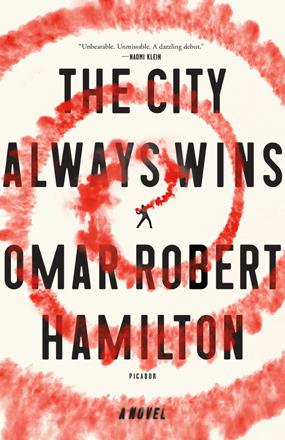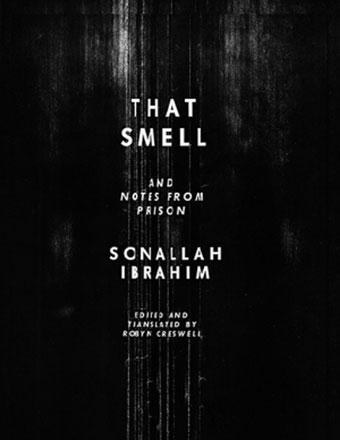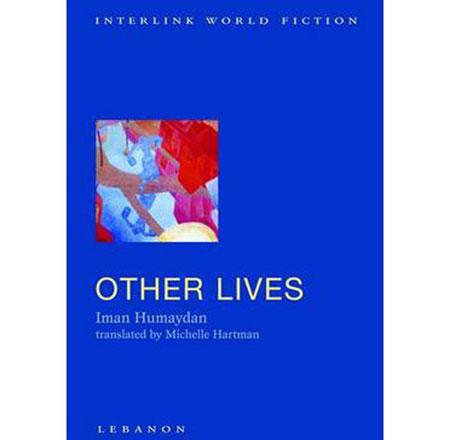You are here
A tale of revolution and counterrevolution
By Sally Bland - Jun 09,2019 - Last updated at Jun 09,2019

The City Always Wins
Omar Robert Hamilton
New York: Picador, 2017
Pp. 309
Midway through this novel, Hafez, a filmmaker, says, “It’s impossible to do the 18 Days without being clichéd”, referring to the sequence of massive demonstrations that brought down then-president Hosni Mubarak (p. 149).
The author, Omar Robert Hamilton, also a filmmaker as well as a writer, avoids the pitfall of repeating clichés by focusing on a more difficult, controversial stage. The narrative begins on October 9, 2011. Egypt is under supposedly interim army rule, but those who made the revolution are still agitating for freedom, bread and justice, especially for the sake of the prisoners and martyrs.
Dating chapters and interspersing headlines gives the book the semblance of a documentary and, in fact, the big events are real. But the core of the story is a fictionalised account of the Egyptian uprising from the inside, centring around a small group of activists grouped in the ChaosCairo collective. However, despite the name, their work is far from chaotic; it is intensely practical. Held together by their belief that life can be better for all, they organise street protests, assist the injured, help mothers locate their ‘disappeared’ children, comfort the families of martyrs, agitate for the release of political prisoners and document all that happens in film and soundtracks to be posted on social media. They are so brave, so committed, so dedicated to human values. They seem prepared for any situation except for the looming decline of the mass movement.
In the opening page, the reader is thrust into the compressed urgency of a hospital morgue overflowing with those killed when the army opened fire on demonstrators at the Maspero building, site of Egypt’s state television and radio. An argument breaks out between parents of the victims, who want to bury them immediately, and activists who want to wait for autopsies in order to bring the killers to justice. Many of the parents, however, no longer have faith in justice. This is only one of many dilemmas facing those who want to continue the revolution.
Also, on the first page, one meets Mariam, arguably the heroine of the novel, although she would surely insist that the people on the frontlines are the real heroes. Soon the reader meets other members of Chaos, most importantly Khalil, Mariam’s lover, son of an Egyptian mother and Palestinian father, who grew up in the US. The author’s creation of Khalil as a main character seems quite deliberate. On the one hand, it indicates that the revolution in Egypt is connected to the Palestinian cause. Though most of the story is narrated in third person, Khalil narrates select passages, allowing him to reflect on his Palestinian background and the situation in Egypt. On the other hand, Khalil is sometimes suspect as an “outsider” when the government tries to blame the continuation of the protests on foreign interference.
Hamilton himself has direct experience with the events and issues of which he writes so poignantly and precisely: Based in Cairo, he is cofounder of Mosireen, a media collective formed in 2011, and of the Palestine Festival of Literature. Incidentally, he is the son of Ahdaf Soueif, founder of the Palestine Festival of Literature, who has often connected Egypt and Palestine, as in her brilliant novel, “The Map of Love” (1999).
Hamilton’s filmmaking skills are apparent in his writing. Scenes depicting violence are rendered in short sentences replete with sensory details; one automatically visualises them. The narrative never pauses for breath, never flinches from harsh reality — there are no platitudes, as Hamilton follows the work of the Chaos collective through the elections, Morsi’s year in power, then the army retaking control in summer 2013, at which time all activists of whatever stripe are targeted for arrest. In big and small incidents, conversations and descriptions, the author reflects the shift from revolution to counterrevolution. Early on, there are examples of what an empowered citizenry can achieve, as when Mariam walks into a police station with a lawyer, and with threats of a large demonstration and press conference — and sheer persistence, obtains the release of a young man arrested for wall painting.
Later, as the progressives lose the initiative, their debates intensify. They become painfully aware of the limitations of not having a defined strategy or tactics, and of the fact that only a small percentage of Egyptians are ready to keep fighting. Added to their pro-active work, they must create anti-sexual harassment teams to deal with the escalating violence which comes from unnamed sources. They sense the limits of social media. They feel they are falling into a trap, but do not know how to stop the deteriorating chain of events, as they face “a new dawn of the pro-military’s bullying triumphalism, and the Brotherhood’s sanctimonious hypocrisy. And the hectoring paternalism of the international commentariat”. (p. 198)
Hamilton’s writing is at once raw and lyrical — raw when describing the regime’s violence and lyrical when sketching the young activists’ hope and dreams. While his sympathies are clear, he does not romanticise the revolutionaries, nor suggest in hindsight what they might have done better. Instead, he offers evidence from direct experience which is worth pondering by all those who envision a better future. With a similar situation now brewing in Sudan, this book will not soon lose its current relevance.
Related Articles
This is a new translation of Egyptian writer Sonallah Ibrahim’s ground-breaking novel, “That Smell”, which was first published in Arabic in 1966, immediately banned and dismissed by at least one prominent Egyptian literary critic for the “vulgarity” of its physiological descriptions.
Returning to her native country, Lebanon, after fifteen years spent in Australia and Kenya, gives Mariam final proof of her state of displacement and transience — always being on the verge of leaving (symbolised by thirteen suitcases kept on the ready in her Mombasa home).
“Syria Speaks” is a compilation of personal narratives, short fiction, essays, poetry, song lyrics, posters, art works and photos that express the thinking and experience of the democratically-minded Syrians who sparked the initial nonviolent phase of the 2011 uprising, before it was overtaken by regime brutality and religious extremists.















